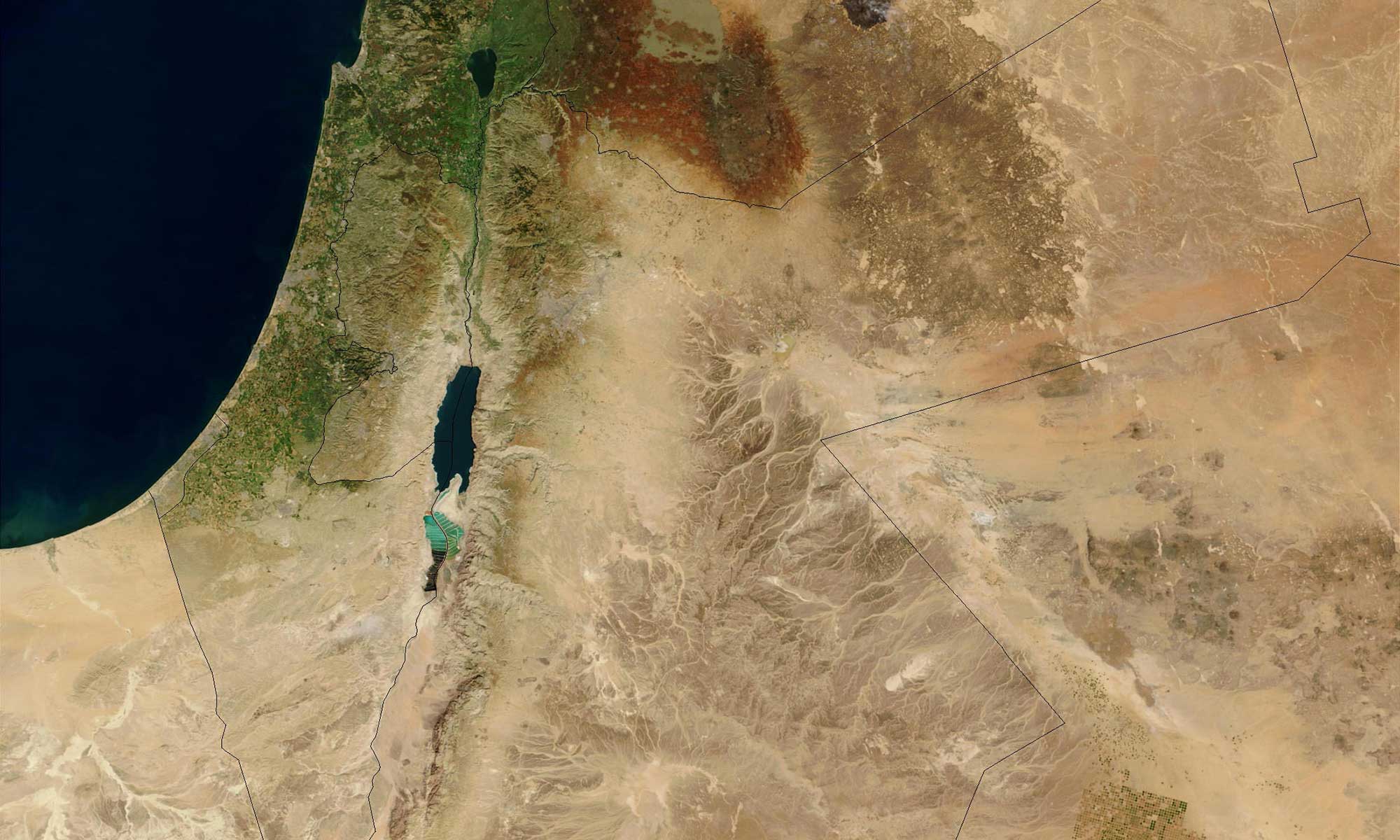
It is estimated that as many as 250,000 Palestinians in Gaza have participated in the Great Return March since the nonviolent border protest launched March 30. Many are from a new generations of Palestinian refugees who are rediscovering the spirit of resistance manifested during the first and second intifadas. One of them was Abed El-Fattah Abed Elnaby, 18. He was my second cousin.
He was among the first martyrs—a number that since has grown to 49. One of nine shot and killed by Israeli snipers that first day, Abed El-Fattah achieved a kind of posthumous fame when what has now become an iconic photograph, taken moments before he was shot by Gaza photographer Mahmoud Abu Salama—appeared on the front page of the Washington Post. Here is the story behind that photo:
Abed El-Fattah was both the tallest and the youngest among the four sons in the family. (He also had five sisters!) He was known as a joker, but was a quick learner in school with a special aptitude for math. However, the boy left school when he was just 16 to help support his family. He trained as a plumber and put in additional hours at a baker, helping to pay one of his sister’s university tuition. Abed El-Fattah even bought his own clothes with his earnings.
Why did he decide to risk his life, meager as it was, to not only participate in the protest but approach the front lines? His family members tell me Abed El-Fattah yearned to see his family’s original village of Simsim (سمسم), located just 15 kilometers (9.3 miles) northeast of Gaza. On May 12, 1948, pre-state Israeli forces ran the villagers out of their town. The concept of a daily march to the border to call for Palestinians’ right to return to their ancestral homes captured his imagination, and he had been listening to the news every day.
On March 30, Abed El-Fattah woke up at 8 a.m. and worked at his brother’s falafel restaurant until around 2.p.m. Then he went home for his mother’s lunch, but didn’t eat much. Instead, he began preparing himself for the march, putting on new clothes he had purchased the day before. It was as if he wanted to look like a gentleman for what would become the day of his death. Dressed, he left home in a taxi. His friends next door (Zyed Abu Oukar and Yousef Masoud) and his brother Muhammad, with whom he was very close, followed shortly after.
Many of the protesters carried tires, which had become a symbol of the first and second intifadas. Tires were used at that time to block the vans driven by Zionist soldiers. But this time, many among the thousands gathered along the border began burning the tires to obscure the view of the Israeli snipers, who were targeting them with live ammunition.
According to Muhammad, Abed El-Fattah did not join them. However, when snipers began shooting at a younger boy carrying a tire close to the border fence, he darted toward and grabbed it from him so the teen could run faster. Both were running back toward the crowd of demonstrators when the Israeli snipers shot five bullets: One hit Muhammad, who was close by; he was spared only because the bullet was deflected by the mobile phone in his front shirt pocket. Another hit Abed El-Fattah in the head. He was rushed to a hospital, but he could not be saved.
“My soul was taken from me,” his father says.
How do you begin to describe such a loss? I could write about his grieving family and friends, who are haunted by his memory. Or I could describe the community mosque and his sister’s house he had helped build. Or I could interview Fadwa, an elderly woman in the neighborhood who can’t walk so is confined to a wheelchair. Abed El-Fattah knew she had no children to look after her, so became her surrogate son, bringing her food and helping her with chores almost every day. Now, she moans about how deeply she misses him.
“He is still with us, though, because he is in our hearts,” says his mother with tears in her eyes.
And despite their bottomless grief, his brothers continue to participate in the march with their father, in the hope that change will come, and that maybe, just maybe, they can see Simsim.
Another view of the execution

